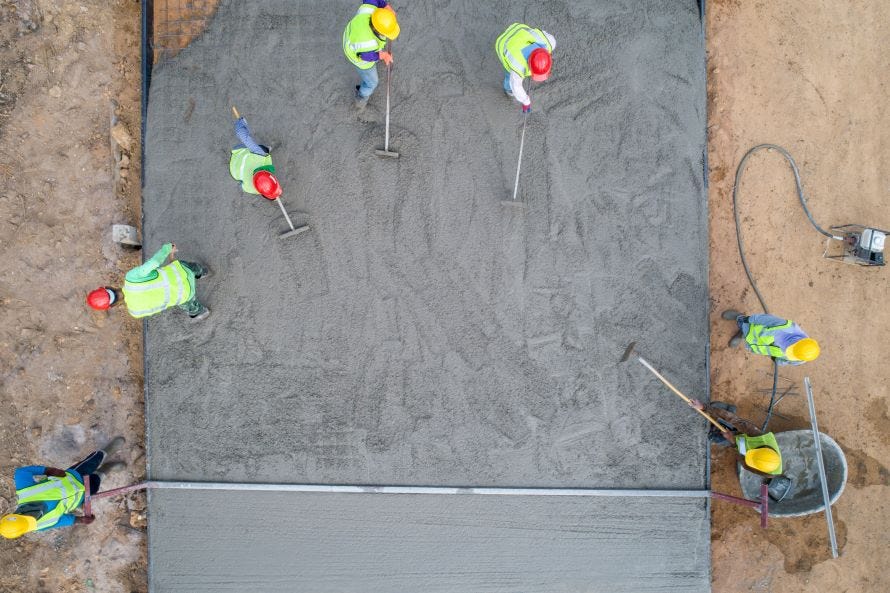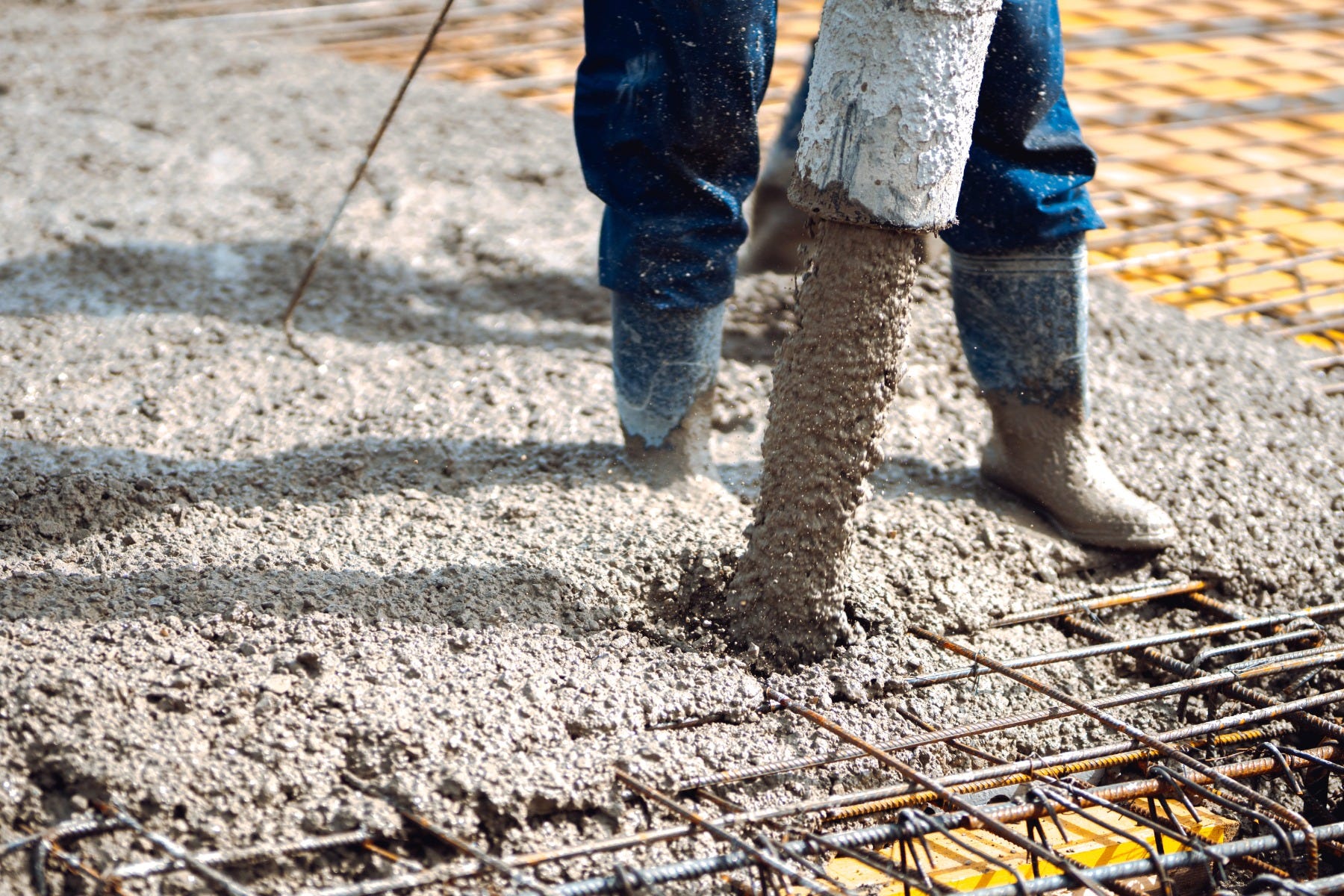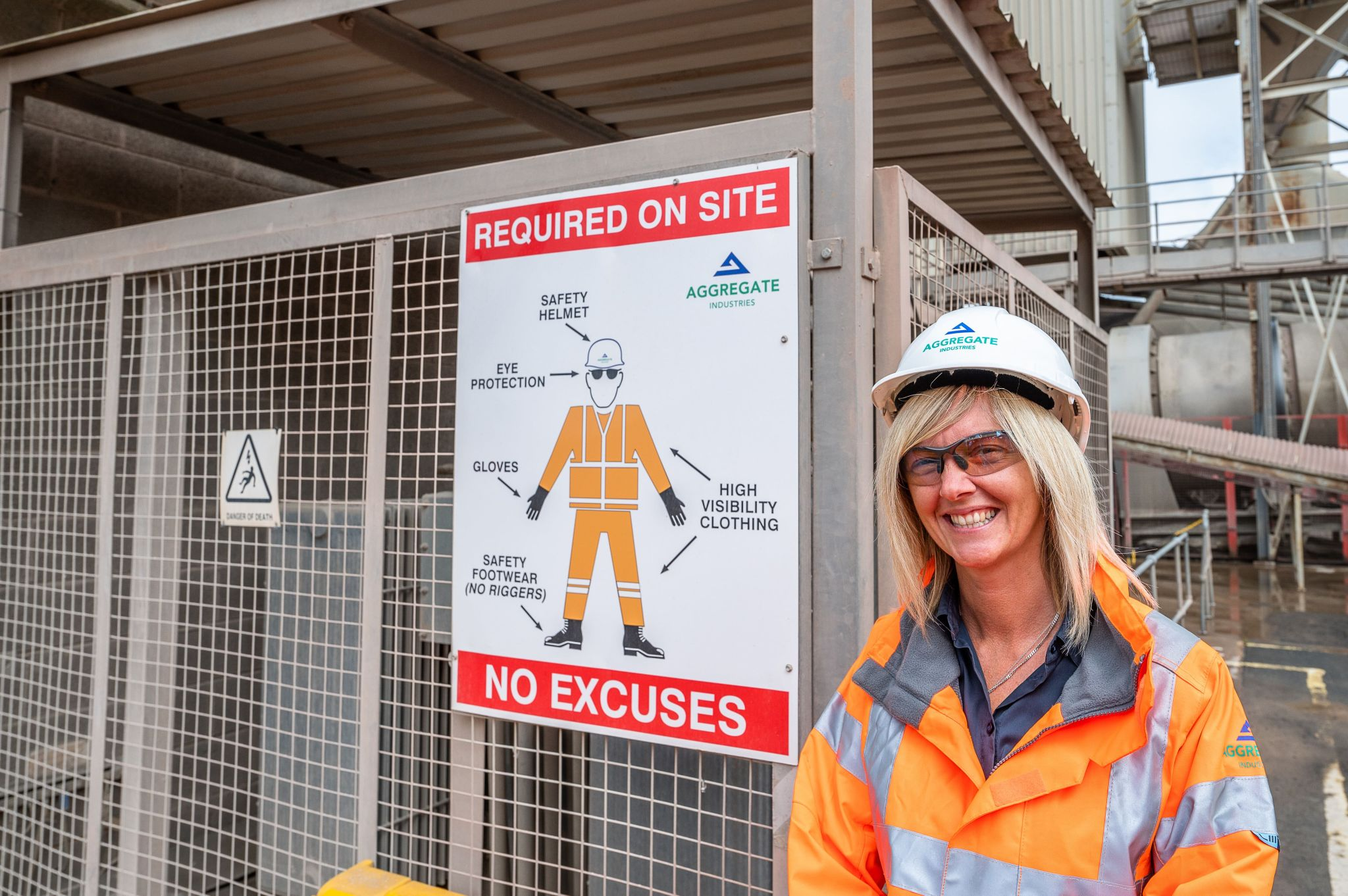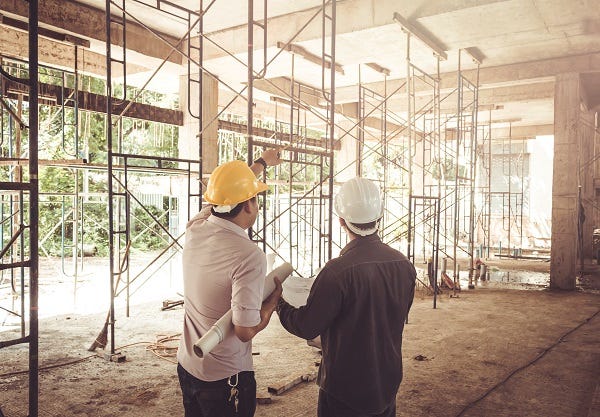Our guidance on safety
During the booking / purchasing process customers will be required to watch the short 30 second H&S video outlining the hazards of wet concrete as shown here. It is really important you have watched this video and will be asked on check out if this has been completed.
Personal Protective Equipment (PPE)
Wearing the right clothing to handle concrete is highly important and essential for your safety. You may be refused on site without the correct PPE with you. Minimum levels of correct PPE should be worn by everyone involved in the laying of the concrete delivery.
Minimum PPE:
Waterproof boots
Trousers
Gloves
Long sleeve top
Safety glasses
All should be worn to prevent any splashes getting on to the skin, face or eyes.
DO NOT WEAR SHORTS, SHORT SLEEVED TOPS OR OPEN SHOES LIKE FLIP FLOPS


Wet Concrete Burns
The cementitious process produces heat and will result in a chemical burn if left.
Any wet concrete on skin must be washed off with clean water immediately.
If left uncleaned, it will result in a burn that will not be felt until after the damage to skin has already begun, you will not feel it until it is too late.
To prevent this a minimum level of correct PPE should be worn by everyone involved in the laying of the concrete delivery.


When Working With Concrete
Do not kneel in the wet concrete as this will soak through your trousers and burn the skin on your legs.
Make sure the area around where the concrete is to be laid is clear and free from obstacles that could cause a slip/trip/fall incident.
Wet concrete is heavy, so if you are offloading via a wheelbarrow, be aware of how much each barrow can weigh – there are over 20 movements per cubic meter when using a wheelbarrow, meaning each movement can weigh up to and over 50kg of product.
When moving the concrete around in the shuttering etc. it will be heavy, so again, be aware of the potential strains of moving the product around when placing.


Vehicle Safety
When the Mixer Truck arrives and/or if it needs to move during the unloading. Keep well clear.
If there are reversing maneuvers to be made the driver will need a Banksman to direct him/her. Know the area you are requiring the truck to get to so any potential hazards can be made aware to the driver.
When the Mixer truck arrives and/or if it needs to move during unloading make sure everyone on site knows this and stands clear of the vehicle.
There are dangerous moving parts on a mixer truck and you should not have or need to go anywhere near any of them - the driver is a professional and is the only person who needs to do anything with the truck.
Do not go near the mixer truck other than directed by the driver - you should only need to go to the rear of the truck near the chute that the driver will be operating anyway.


Frequently Asked Questions
What is wet concrete?
Wet concrete is a mixture of cement, water aggregates (such as sand or gravel) and other additives. It is the initial state of concrete before it cures and hardens into a solid material.


We're here to help
Got questions?
Try our frequently asked questions, how to guides and technical support for specialist advice.
Live chat is here!
Need a quick answer? Why not reach out to our expert teams in your area.
Talk to us
We would love to hear from you! Send us an email for further support, feedback or guidance.
